At more than 81,000 square miles—greater than 10 times the size of Florida’s Everglades—the Pantanal, located mostly in Brazil, is the largest tropical...
At more than 81,000 square miles—greater than 10 times the size of Florida’s Everglades—the Pantanal, located mostly in Brazil, is the largest tropical...
Just hearing the term “wildlife trade” brings to mind heart-wrenching photos of elephants who have been stripped of their tusks or pictures of rhinos without...
Just exactly how many species are there in our big, diverse world? And where, precisely, do they live? While all of us have probably wondered about such...
I have never been fortunate enough to go on an Africa safari, but I never tire of reading about the experiences of others who have visited the continent, such...
Even if you don’t know much about the science regarding COVID-19, you probably can’t escape the fact that the disease has caused major changes in your...
Spreading around the world at the speed of light, COVID-19 has now infected more than 2.5 million people and killed almost 177,000. Although the virus’s...
Aren’t all rhinos gray? Technically, no. Spanning the lower and eastern part of the continent of Africa, the black rhino and white rhino roam like prehistoric...
Last year, the U.S. Wildlife Trafficking Alliance (USWTA), a global coalition focused on reducing illegal wildlife products sold in the United States,...
Tigers need room to roam. Protecting vast connected landscapes for these endangered top predators is key to their survival. For the first time in a century,...
“Frankly, I didn’t realize we still had an illegal wildlife trade problem here in the U.S.” This common misperception was shared more than once at the U.S....
On Tuesday, September 16, 2014, 13 countries that have wild tiger populations agreed to take part in a global census of the endangered big cats. The hope is...
Prince Charles of Wales and William, Duke of Cambridge, recently issued six videos to urge the end of the illegal wildlife trade through the support of...
President Obama has appointed WWF President and CEO Carter Roberts and several others to the Advisory Council on Wildlife Trafficking this month. The Task...
Request Your 2023 Catalog
Discover the World's Best
Nature Travel Experiences

Together, Natural Habitat Adventures and World Wildlife Fund have teamed up to arrange nearly a hundred nature travel experiences around the planet, while helping to protect the magnificent places we visit and their wild inhabitants.


Get Weekly Updatess
Discover the World's Best
Nature Travel Experiences

Our weekly eNewsletter highlights new adventures, exclusive offers, webinars, nature news, travel ideas, photography tips and more. Sign up today!


Our Trips
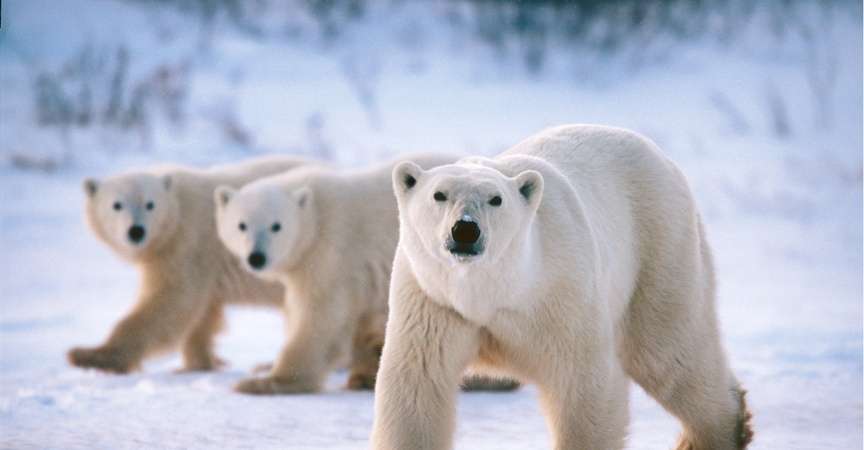
Polar Bear Tours
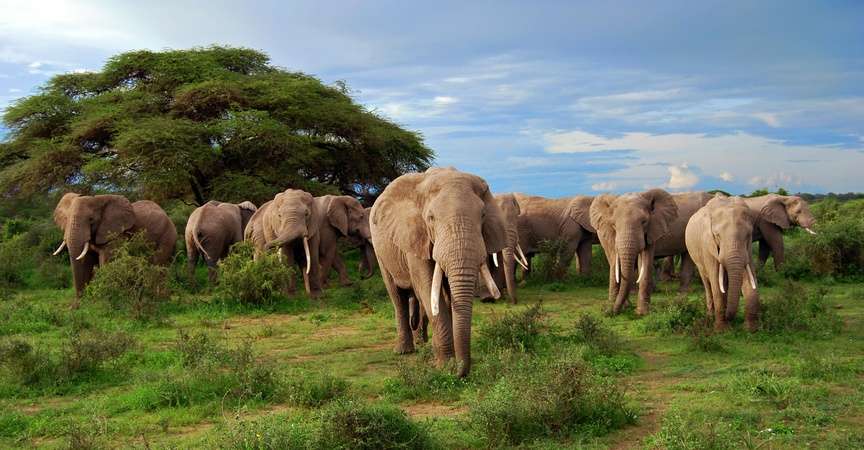
African Safaris

Galapagos Tours
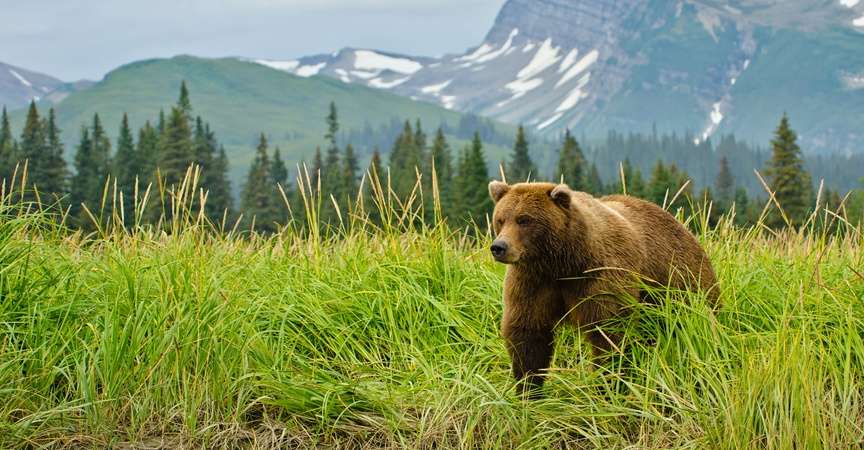
Alaska Adventures

U.S. National Parks Tours

Canada & the North

Europe Adventures
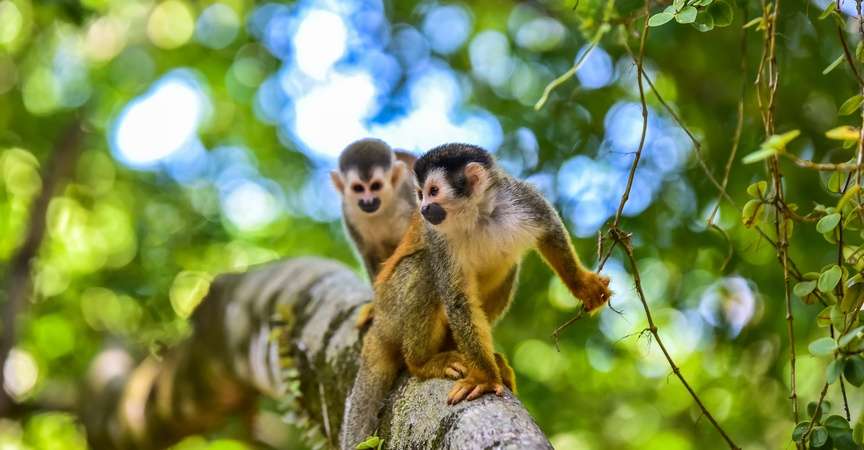
Mexico & Central America Tours
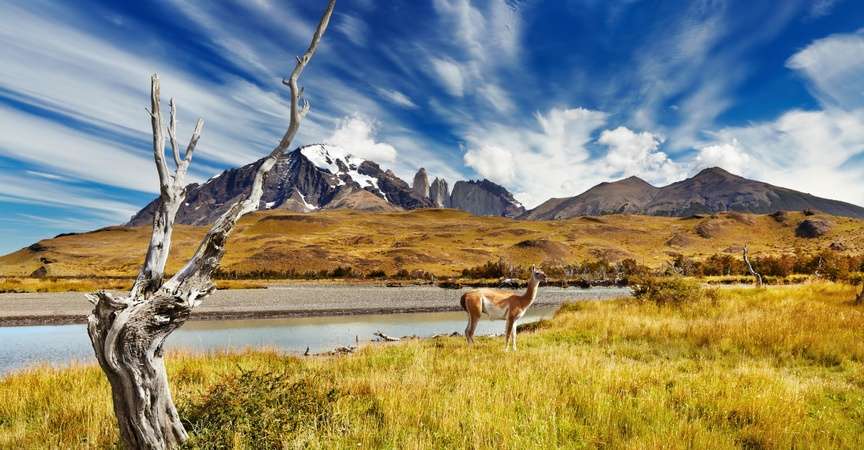
South America Adventures

Asia & Pacific Adventures
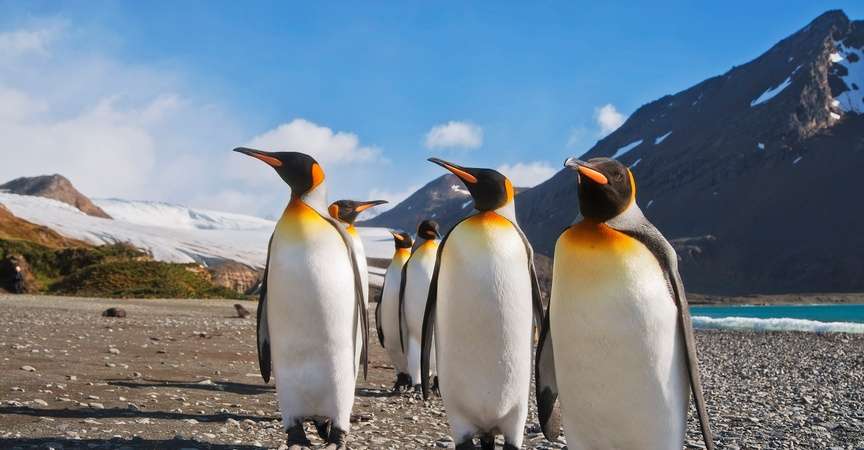
Antarctica & Arctic Journeys
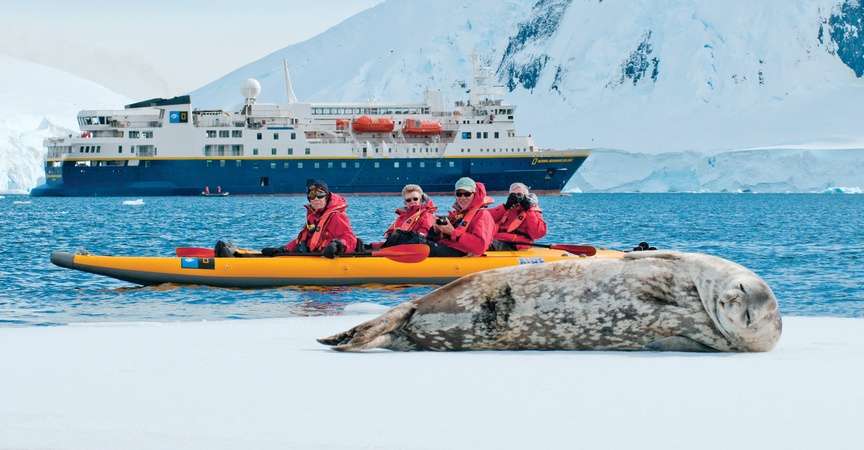
Adventure Cruises
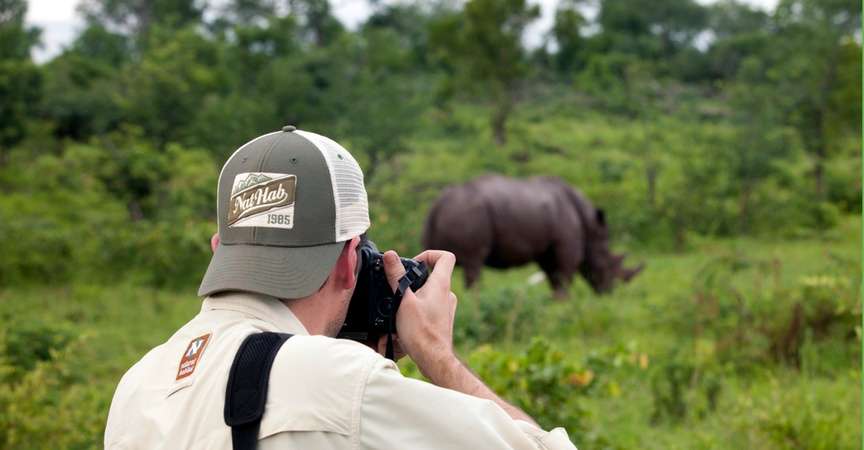
Photography Expeditions

Women's Adventures
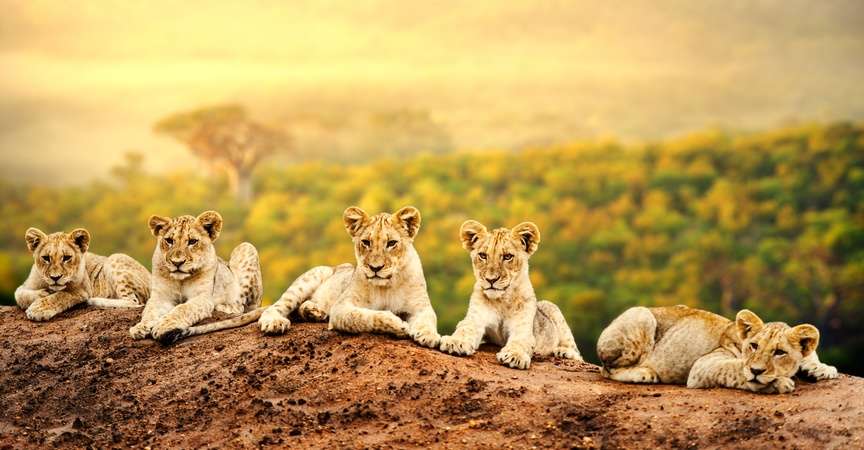
Family Adventures
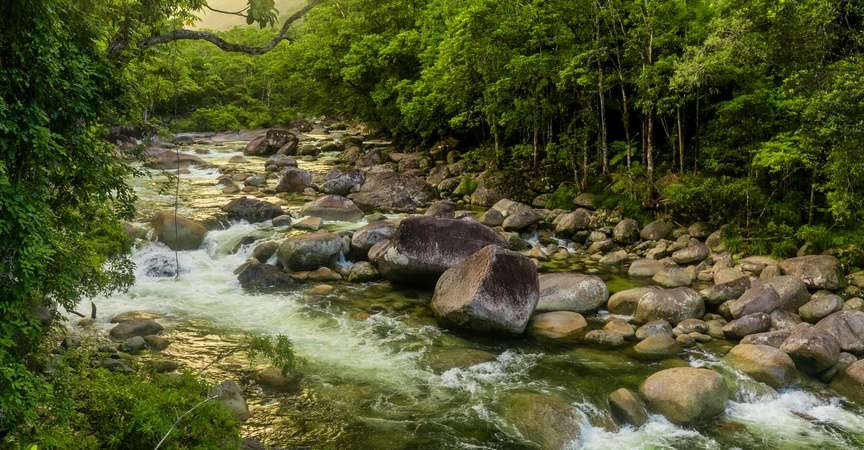
New Adventures
Questions? Call 800-543-8917
Have a question or comment?
Click any of the buttons below to get in touch with us.
Hours
Mountain Time